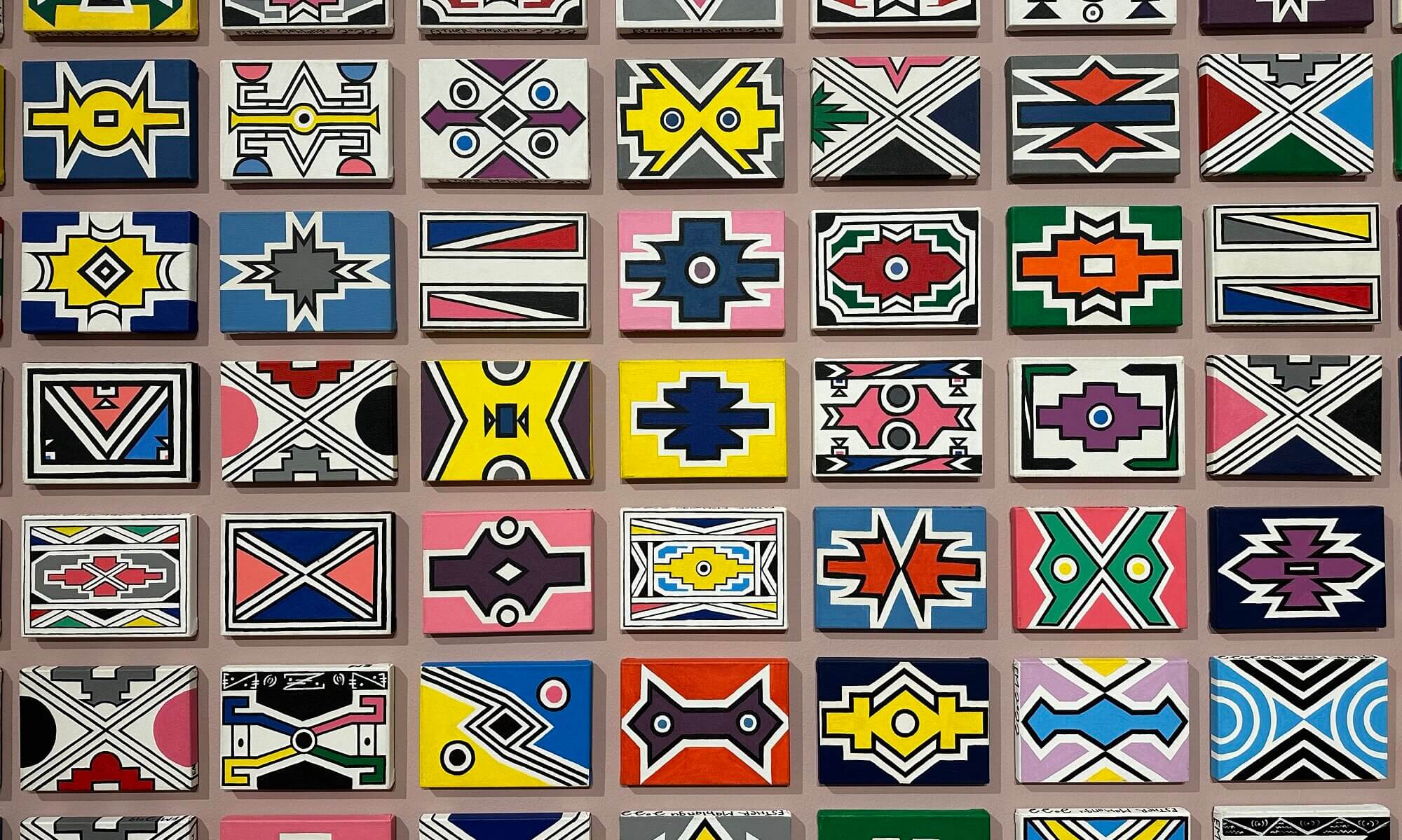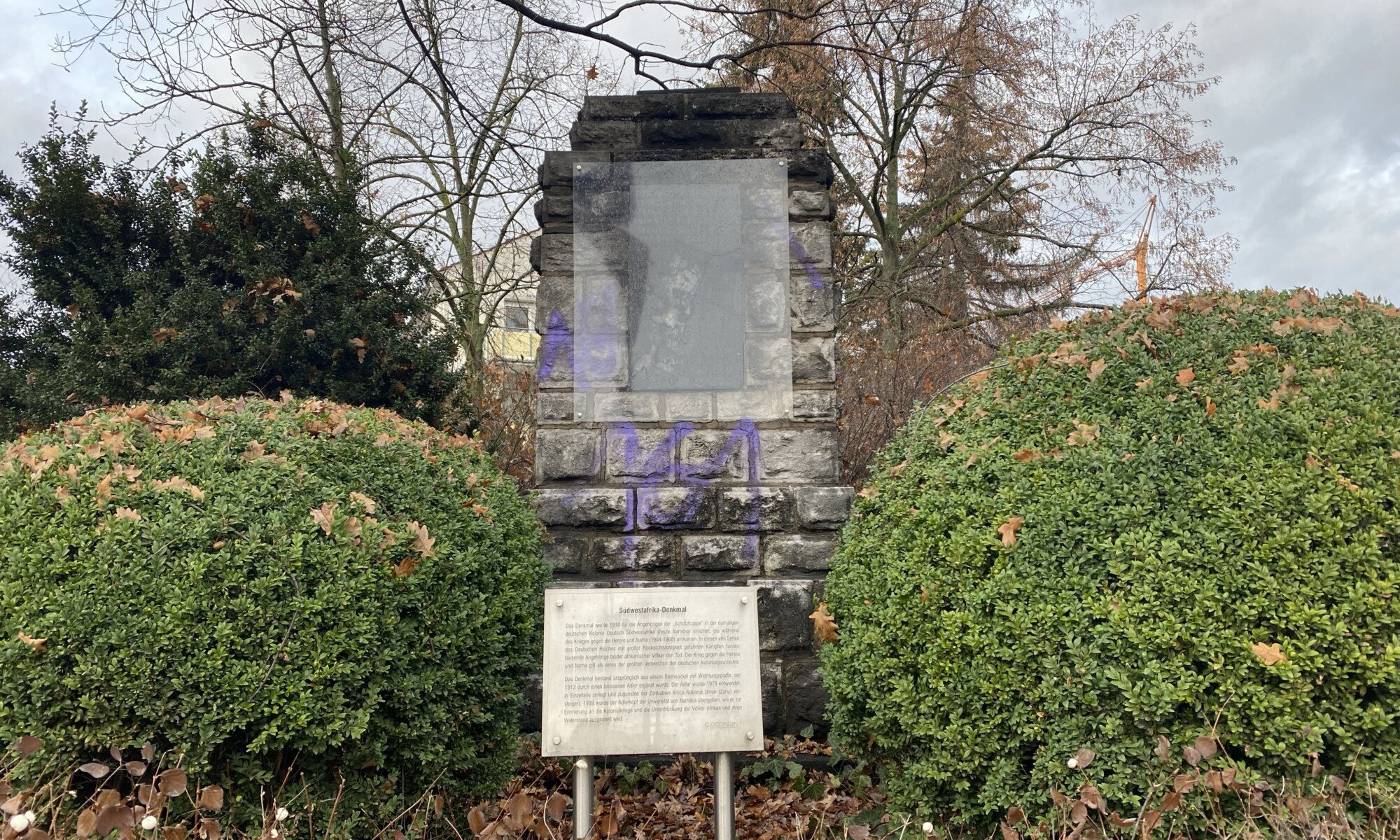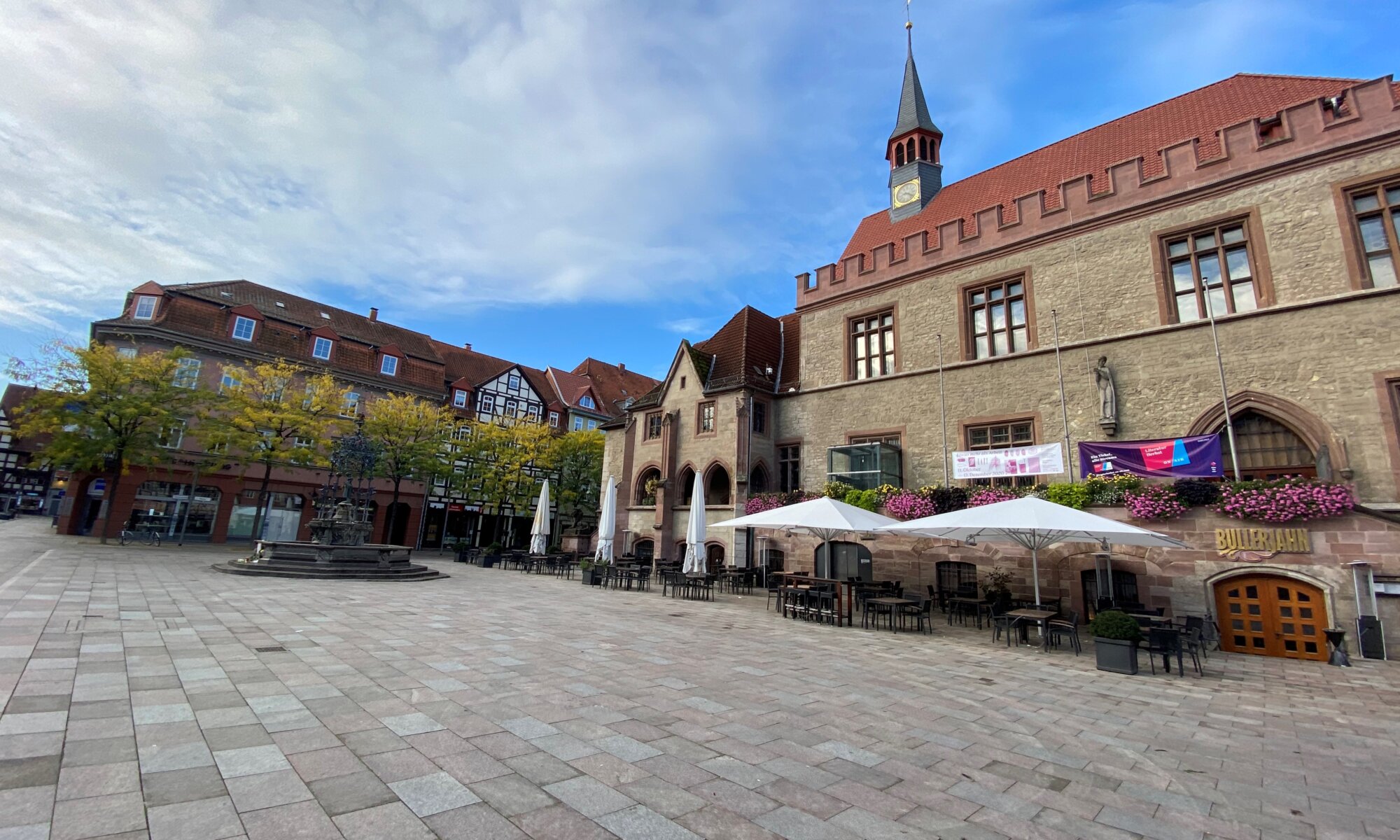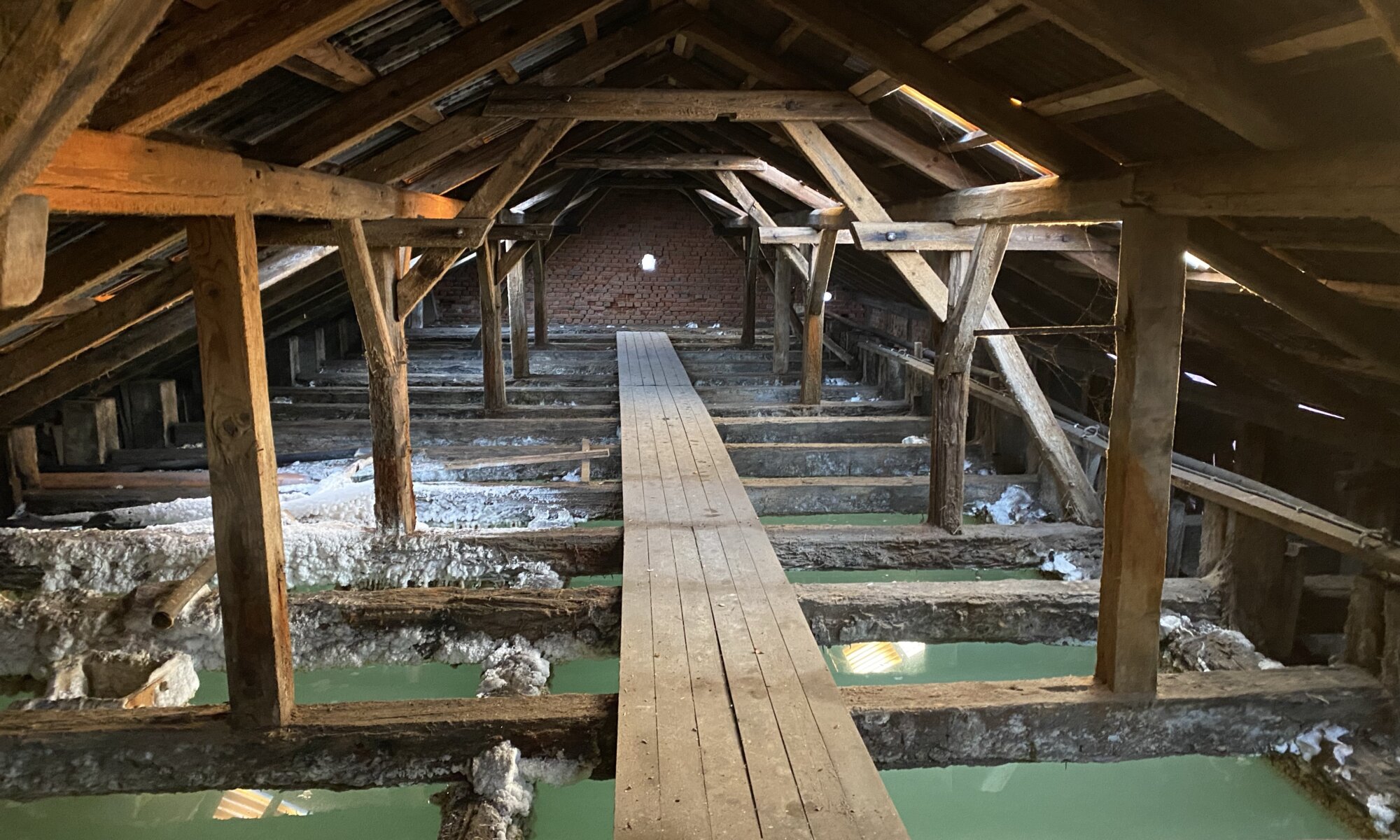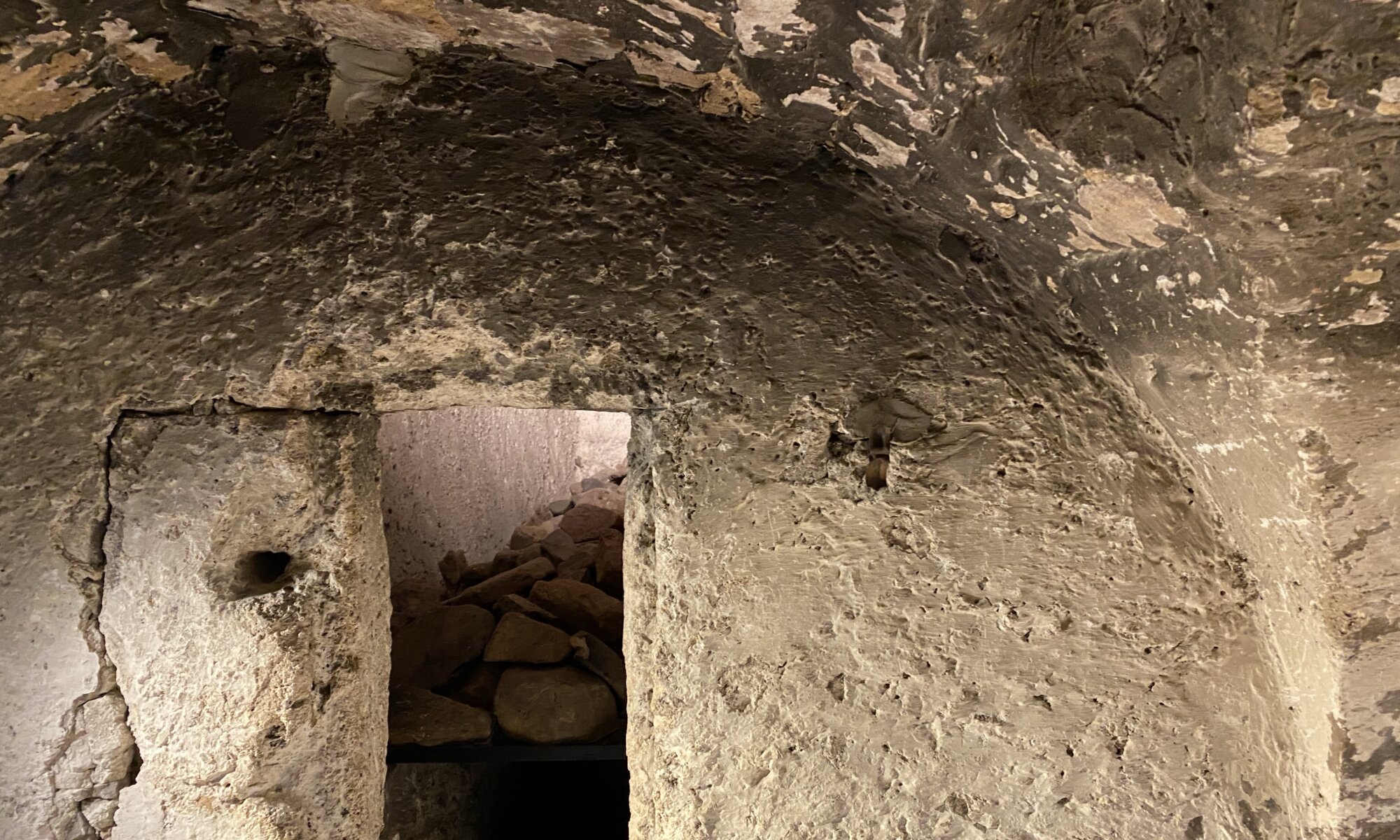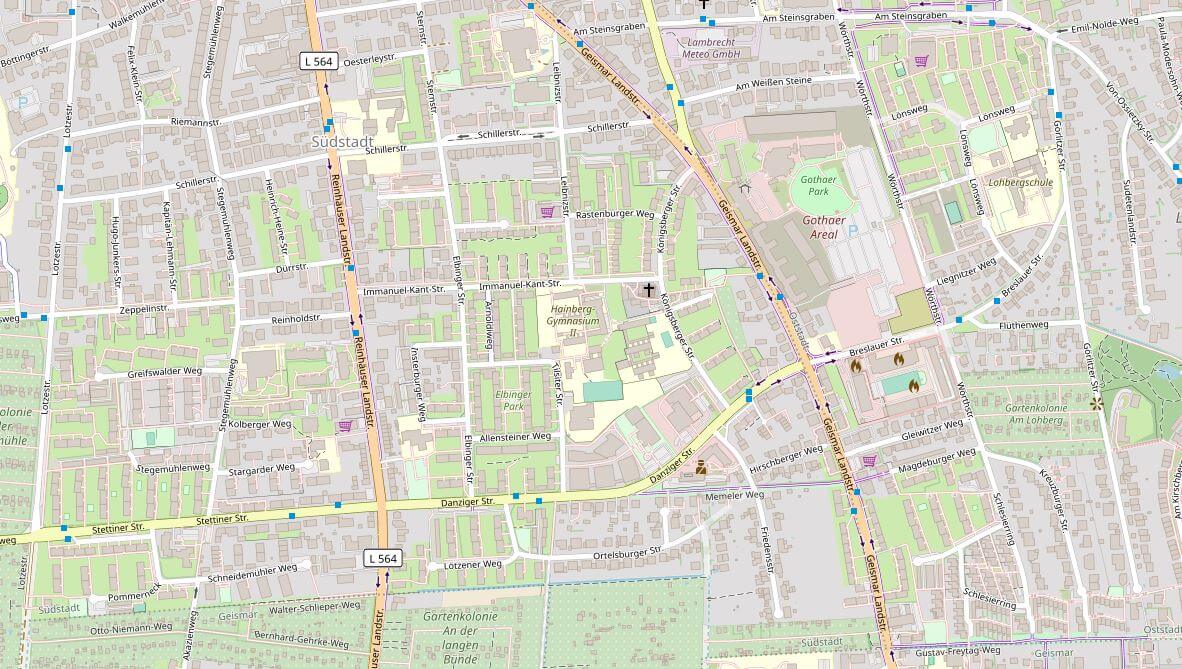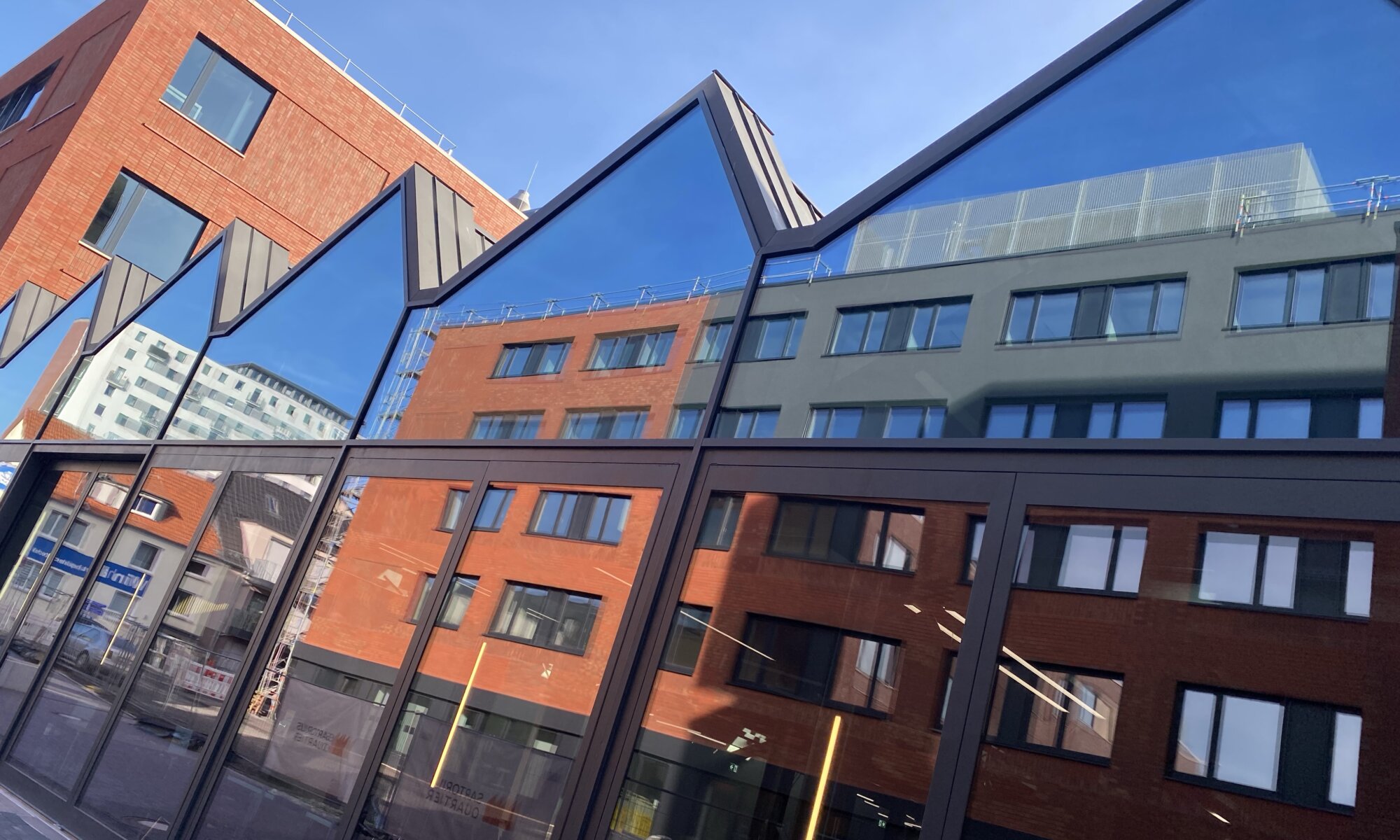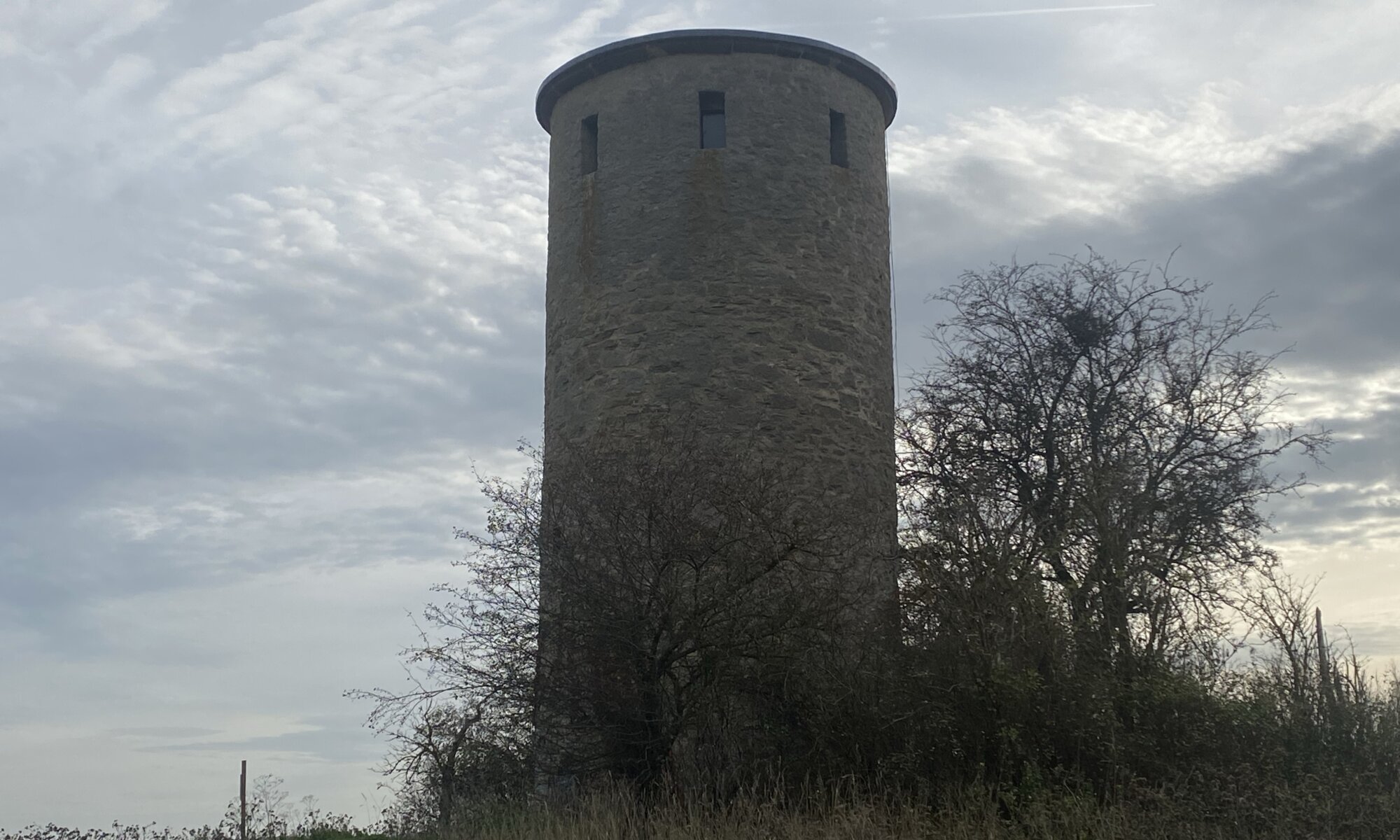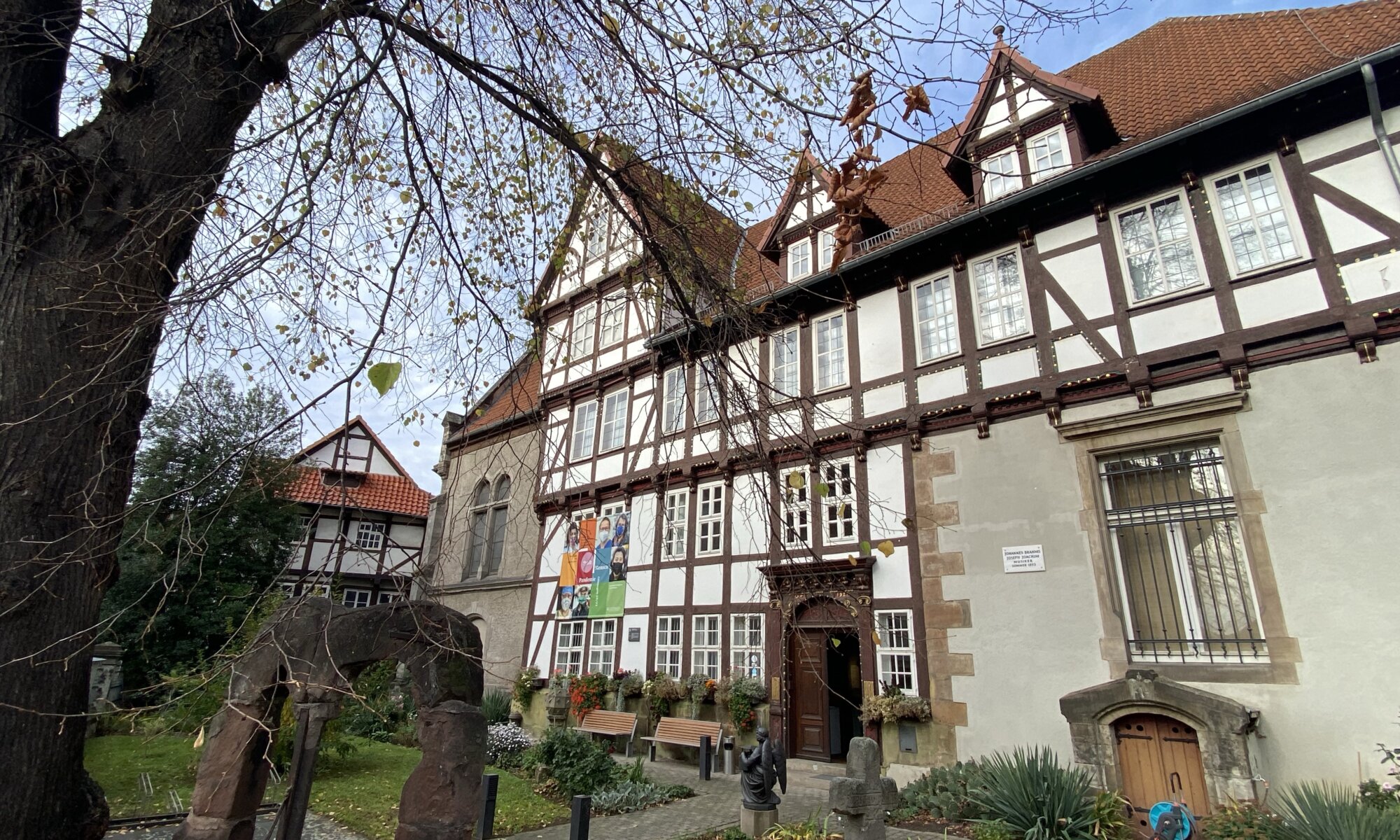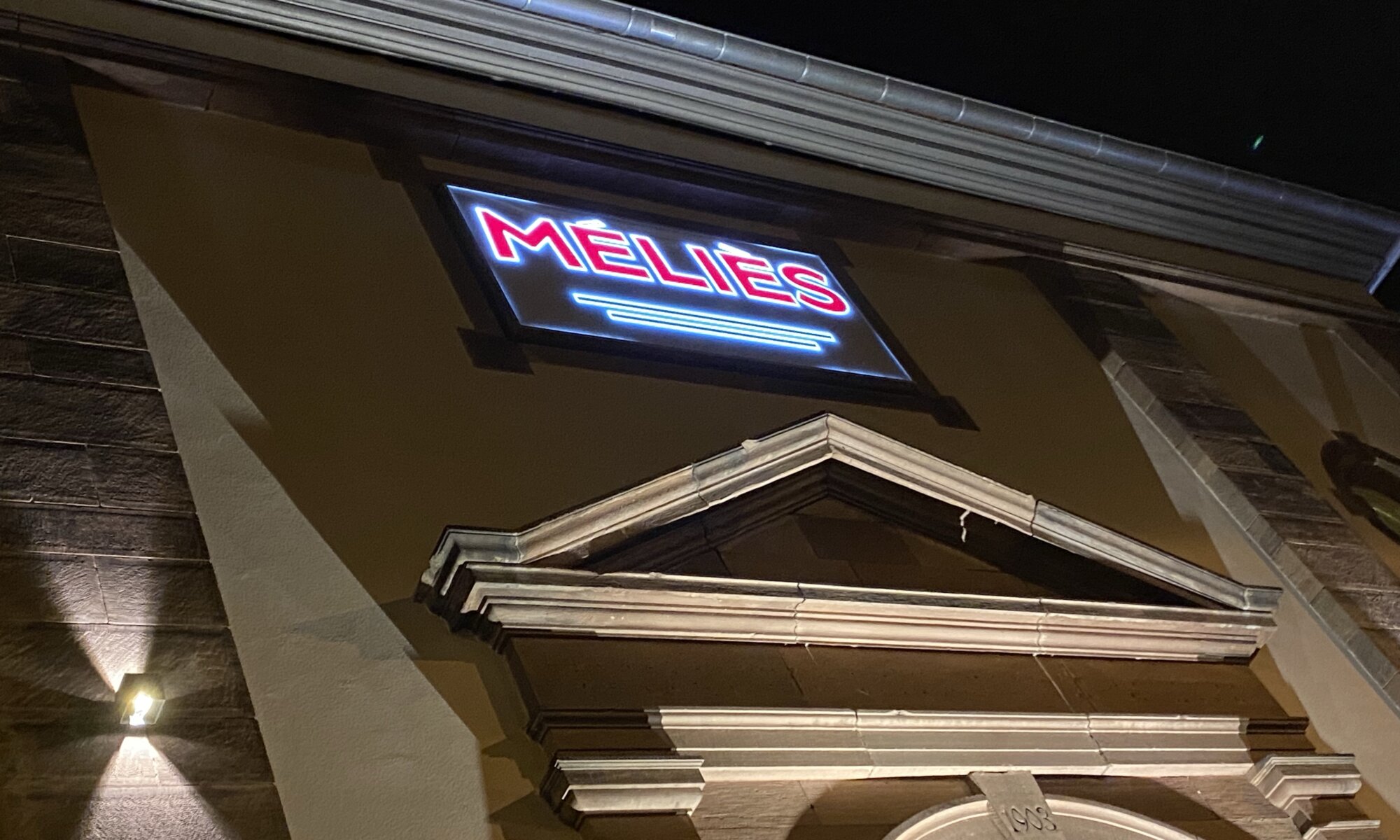In the south of Göttingen, in a quite prominent location at the intersection of the Geismar Landstraße and the Friedländer Weg you can find the stub of a memorial that is pretty much unknown to the citizens of Göttingen. It is the Süd-West-Afrika-Denkmal, commemorating the fallen of the 82nd regiment (once located at the city) during the uprising of the Herero and Nama against the colonial forces in former Deutsch-Südwestafrika, todays Namibia.
Continue reading “Flown away”Centerpiece
At the heart of the ancient city center of Göttingen you can find the Altes Rathaus, the old town hall building dating back to the year 1270 CE. It was changed multiple times over the centuries and was used by the city administration and city council until the year 1978. After that time both institutions use a skyscraper created outside the city center, the Neues Rathaus at the Hiroshima-Platz.
Continue reading “Centerpiece”Saline Luisenhall
Salt, also referred to as the white gold, is used for many purposes: for nutrition and cosmetics, to clear roads in winter time, to preserve food and many more. Sodium chloride (NaCl) is typically gathered from sea water (sea salt) or by mining halite (rock salt) underground. In few cases brine is gathered from the ground, a highly concentrated solution of salt in water – it is then heated to let the water evaporate. One of these places is the Saline Luisenhall at Göttingen, Germany; Europe’s last saline that uses giant iron pans to recover salt from brine.
Continue reading “Saline Luisenhall”Four cellars
You can learn a lot about the history of Göttingen by walking through its streets and visiting important places. But for some stories you have to explore the underground and have a look at the cellars in the city center. Fortunately, the tourist information organizes guided tours that show you hidden Jewish ritual baths, ancient floor heating systems, a sewer of a former monastery and a beautiful vaulted cellar. Some have been known all the time, others have been temporarily forgotten and rediscovered.
Continue reading “Four cellars”Cities with new names
When exploring the south of Göttingen you will find a lot of streets named after former German cities. Cities that you can still find on maps but that have new names. Cities that Germany lost after World War II. And these streets are all lined-up along an axis that begins with the street Stettiner Straße (Szczecin) that becomes the Danziger Straße (Gdańsk) and later turns into the Breslauer Straße (Wrocław).
Continue reading “Cities with new names”Sheddachhalle
I was growing up in the northern part of Göttingen. Close to the home of my parents was the factory building of Sartorius, producing pharmaceutical and laboratory equipment. And this area was for sure closed, you couldn’t look behind the walls surrounding it. With the extension of the company and the continuous move to the industrial area in the city quarter Grone the former company area (now called Sartorius-Quartier) was opened up. It now contains a restaurant with a rooftop bar, a life science innovation hub, a hotel, shops, numerous flats and a new event location, the Sheddach-Halle.
Continue reading “Sheddachhalle”Diemardener Warte
In medieval times it was important to know very fast what’s happening around your city. Therefore Göttingen hat a set of watchtowers (‘Warten‘) and the Diemardener Warte is one of the few that are preserved. You can reach it when leaving Göttingen to the south in the direction of Gleichen. It was built in the year 1409 and you can enjoy views on Göttingen, Klein Lengden and Diemarden from there.
Continue reading “Diemardener Warte”City history
Like every city, Göttingen is collecting items relevant to the history of the region. That’s the task of the Städtisches Museum located in the Hardenberger Hof. It was created in 1883 and was first placed in the Grätzelhaus at the Goetheallee. In 1897 it moved to its current location, an ancient building from the year 1592. The building was continuously extended but the buildings have two central drawbacks: they are not visible from the pedestrian zone (even though it is not far away) and maintaining these old buildings costs a lot of money.
Continue reading “City history”Méliès
Did you ever watch a movie in a church? If not, the Méliès at Göttingen gives you the option to do so. It is a small cinema located in a former Baptist church close to the Bürgerstraße, the ring surrounding the city center. The old church dates back to the year 1903 and was standing empty for about 35 years until a new usage and an investor had been found. Now it houses a special cinema, the former altar is now stage and screen and the gallery of the church has been preserved so that the former character of the building remains.
Continue reading “Méliès”Lumière
The Lumière is one of the small cinemas at Göttingen, Germany. Named after the brothers Auguste and Louis Lumière, pioneers of cinema technology, it was opened in 1986 close to the city center, next to the new town hall building. The cinema understands itself as an alternative to the typical multiplex cinemas of our times. It has one single room which is used to show films, for exhibitions and theatre performances.
Continue reading “Lumière”